Editorial
How to embed environmental sustainability as a Non-scripted producer/director
You set the stage for great TV.
Back to roles
In your position at the helm of the production, you have the power to make sure your creative teams produce ground-breaking content that cuts through the noise.
In your position at the helm of the production, you have the power to make sure your creative teams produce ground-breaking content that cuts through the noise.
Genre: Events
Here are some of the ways you can embed environmental sustainability into event programming:
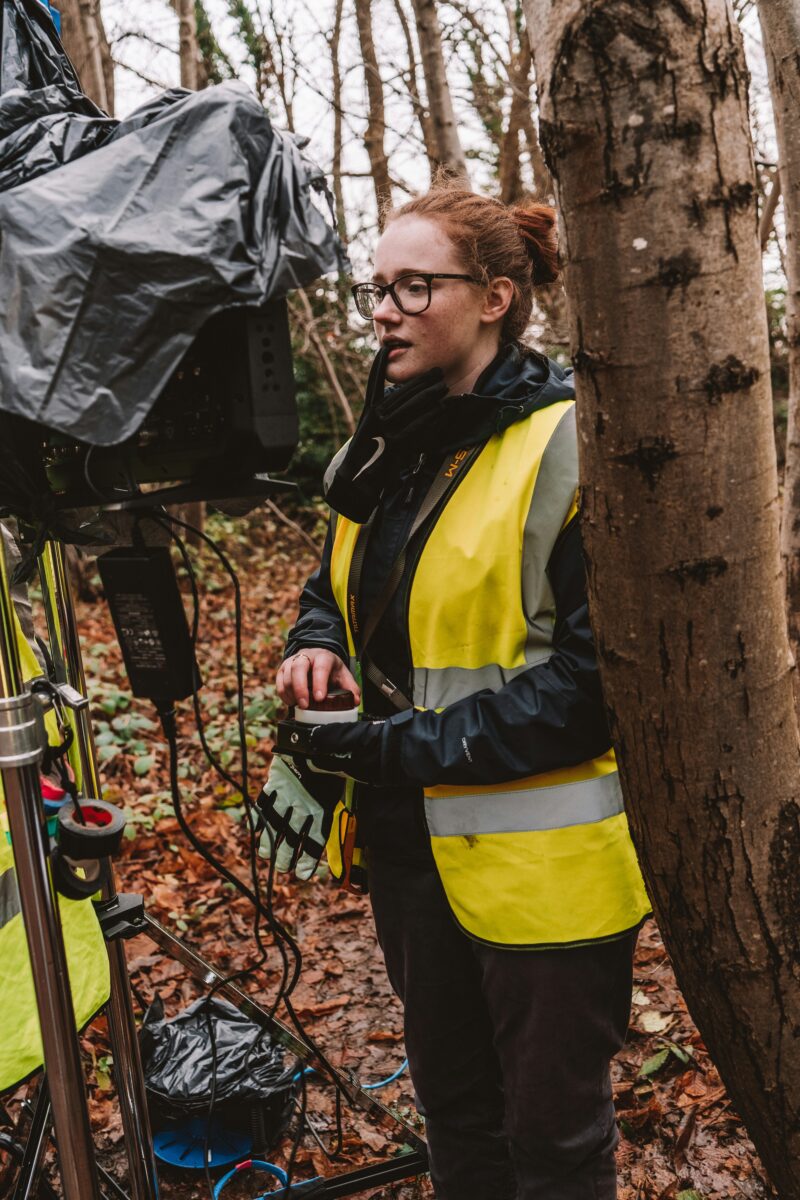
1.
Use an environmental story as a filler segment
When writing segments for your show, could you include an environmental message? In coverage of motor racing, you could add a short insert that showcases the latest developments in electrical/hybrid technology. Or for music festival coverage, you might include a VT about the creative ways festivals and festival goers are reducing their environmental impact. This is a chance to enhance your programme with an environmental message without making it the main focal point.


2.
Brief contributors to talk about their interests in sustainability
Let contributors know that you’re interested in their attitudes and actions on environmental sustainability. Prompt them to share this with your audience. It’ll bring a new message and face to the environmental movement and hopefully encourage your audience to join the action.


3.
Include contributors’ environmental engagements in commentary
Extend the research on your contributors to include what they have done, or are doing, to better the environment. It could be as exciting as an unlikely streak of activism, or the mention of a contestant’s conversion to veganism. Use this as commentary to help build a better picture of who they are while bringing a new face to the environmental movement that will encourage your audience to join the action

Genre: Current affairs
Here are some of the ways you can embed environmental sustainability into current affairs programming:
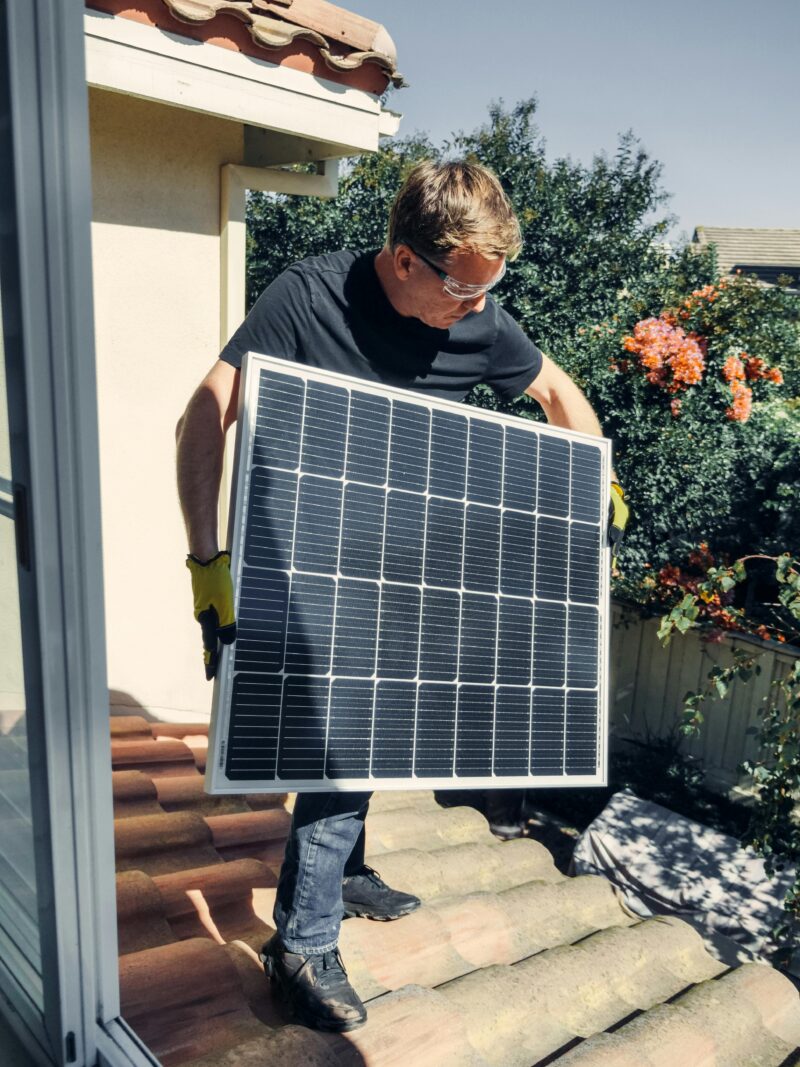
1.
Find the environmental angle in everything you’re investigating
Too often, climate change is the hidden story not being told. So, whether it’s the policies of opposing political parties or the impact of new buildings on neighbouring communities, find the environmental angle in your investigations. If you’re investigating public domains, such as banks or even supermarkets, question how their actions better (or worsen) the world around them. And show how, if at all, they are taking the climate into consideration through their business. By finding the sustainability angle, you will be bringing a fresh new take on stories that help the public better understand the world around them.

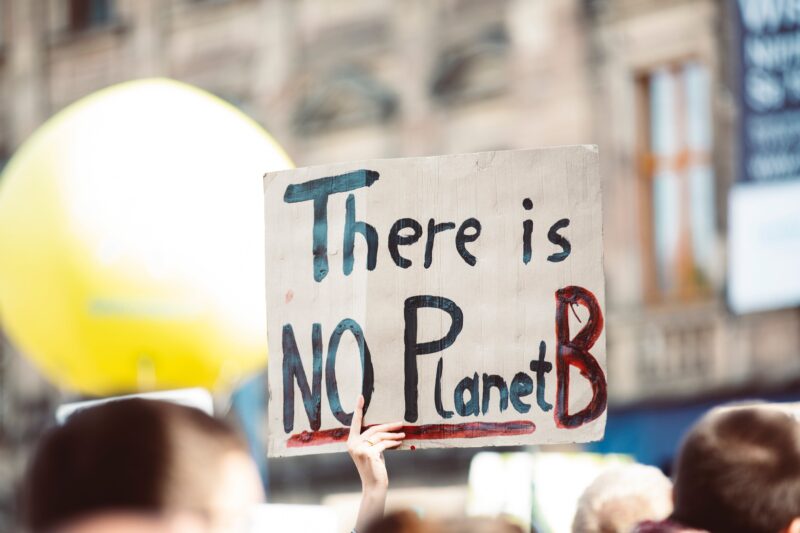
2.
Profile climate change facts
Help make the facts of climate change accessible and available to everyone. There’s a lot of misinformation and apprehension out there, which real facts can help dispel. Let people know that the consequences of climate change are real, that they’re close to home, and that there are a range of solutions that governments, businesses and we as individuals can act on to improve life on earth today.


3.
Include the solutions in your editorial
Raising the issues is a crucial step. But don’t stop there. Let your audiences know what they can do to help. If your programme mentions the plastic problem, make sure you also draw attention to reusable bags and cups, and ways to join movements and organisations that make change. It’s okay to show the problems, but when people don’t know what they can do about it, it can lead to fear and fatalism. So, bring balance by showing that for every and any issue, there is something heroic that each of us can to help solve it.

Genre: Entertainment
Here are some of the ways you can embed environmental sustainability into entertainment programming:

1.
Use it to develop contestant back stories
In entertainment, everybody has a back story. And saving the planet is a great one. Use environmental actions and experiences to build the profiles of your contestants. It’s a great opportunity to introduce a contestant’s beliefs and to add dimension in an interesting, contemporary way. And it’ll bring a new message and face to the environmental movement and hopefully encourage your audience to join the action.

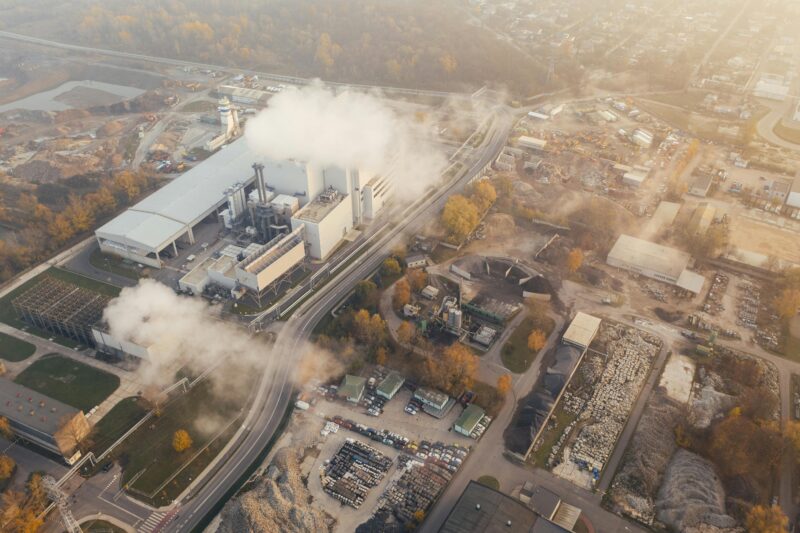
2.
Understand the implications of everything you show
When commissioning content, think carefully about what you are promoting. Are you popularising negative environmental behaviours or positive ones? And what might the consequences of that be? By understanding the potential impact of everything you put on screen, you will be better able to create content that can both entertain the masses and improve the world around us.


3.
Use props, scripts and questions to bring the topic to life
Just like anything you include in your production, environmentalism should be entertaining. Bring life to the topic by posing challenging questions that spark debate and discussion. Also use your props to add to the discussion. If your programming focuses on single-use coffee cups, let’s see them in the scene or better still, show its solution: reusable cups. Bring the topic to life through your visuals.

Genre: Popular factual
Here are some of the ways you can embed environmental sustainability into popular factual content:

1.
Include contributors’ environmental credentials
Extend the research on your contributors to include what they have done, or are doing, to better the environment. It could be as exciting as an unlikely streak of activism, or the mention of a contestant’s conversion to veganism. Use this as commentary to help build a better picture of who they are while bringing a new message and face to the environmental movement that will encourage your audience to join the action.


2.
Brief contributors to talk about their interests in sustainability
As well as doing your own research, let contributors know that you’re interested in their attitudes and actions on environmental sustainability. Prompt them to share this with your audience. It’ll bring a new message and face to the environmental movement and hopefully encourage your audience to join the action.


3.
Feature issues and solutions as a segment or VT
A segment or VT is a great opportunity to enhance programming through environmental sustainability. So, in a show about fashion, add a segment on the latest sustainable fashion brands or the best way to upcycle clothing. Or in a cooking show, add a VT on the importance of sustainably sourced ingredients and where to find them or how to prevent food waste and save money.


4.
Find the sustainability angle and include it
Look at events through the lens of sustainability and you’ll find the unexpected, untold story. From human migration and natural disasters to the cost of household energy, the carbon imprint of your commute and the price of your daily flat white, climate change is the hidden story not being told. Find the sustainability angle and you will be bringing a fresh new take on stories that help the public better understand the world around them.


5.
Take it beyond the screen
Once you’ve done the work to get environmental sustainability on screen, find ways to extend the conversation beyond it. When it comes to your digital marketing, you could create a social media campaign that promotes positive environmental behaviours. Or provide merchandise that helps people live more sustainably. Think organic or recycled cotton T-shirts, reusable coffee cups and refillable water bottles.

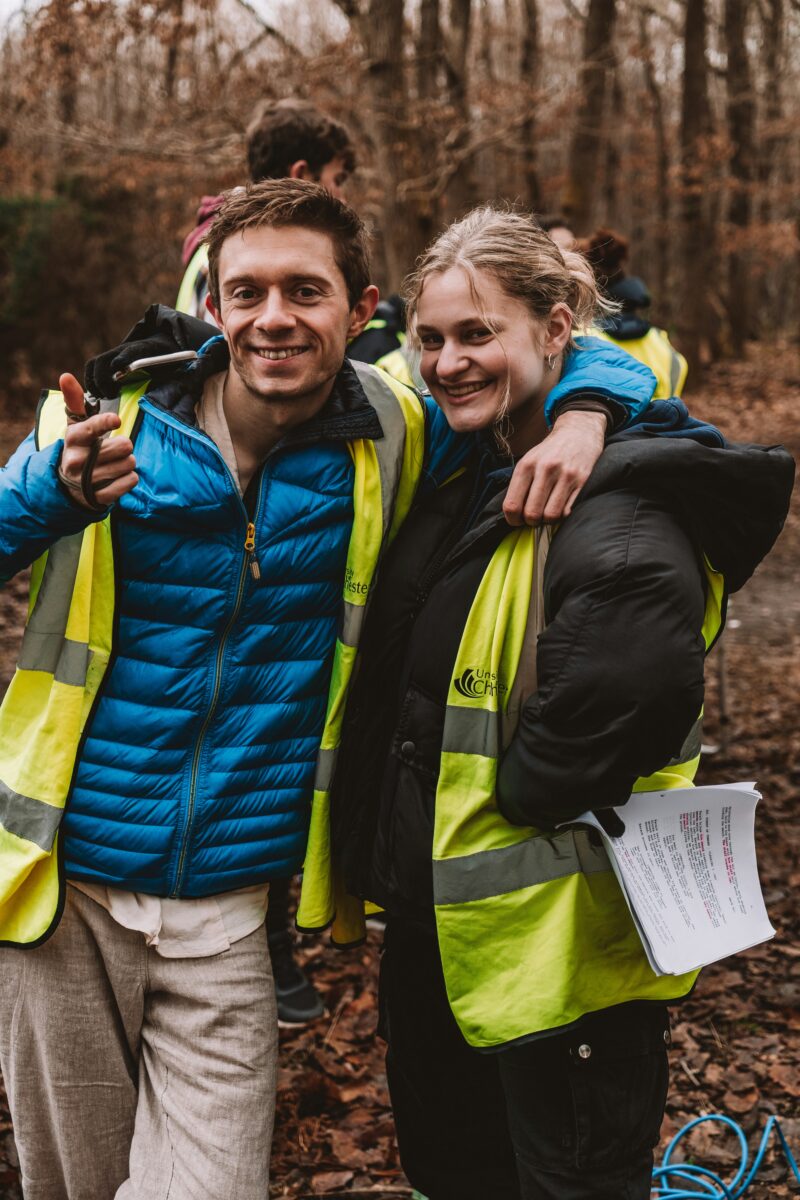
6.
Use it as a tool to create debate
Give a voice to people with varying degrees of knowledge, from different walks of life, with different opinions about solutions (although steer clear from staunch climate deniers.) It’s with debate that we can open up the platform for real, productive dialogue around climate change.

But remember…
Environmental sustainability issues are the stories of the 21st century with content opportunities like no other. They’re full of drama, conflict, compelling characters and controversies. However, some environmental-themed content falls at the first hurdle because it doesn’t meet the criteria for great, entertaining content. When you’re creating purposeful content, don’t let it distract you from what you do best: telling a good story.
Ask yourself: does it pass The Planet Test?
A TV programme or Film would only pass The Planet Test if:
- It acknowledges the natural world actually exists
- Negative environmental behaviours are shown as negative character traits
- One person does something at least once to make the world a better place
